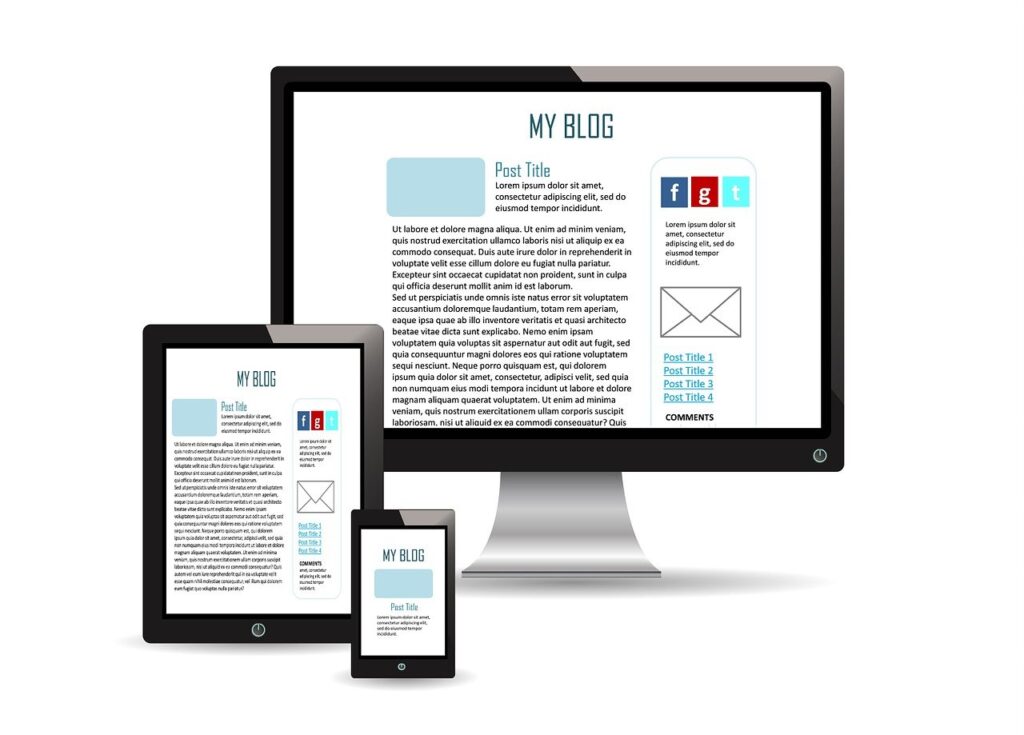In the rapidly evolving world of digital marketing, understanding the nuances of page experience is crucial. As we look towards 2025, businesses must adapt to the growing demands of search engines and user expectations. This ultimate guide will delve into all aspects of page experience to help you stay ahead of the curve.
What is Page Experience?
Page experience is a collection of signals that measure how users perceive the experience of interacting with a web page beyond its pure information value. It includes several elements that contribute to user satisfaction and engagement.
Core Web Vitals
Core Web Vitals are a set of metrics focusing on three key areas of user experience:
– Largest Contentful Paint (LCP):** This measures loading performance. To provide a good user experience, LCP should occur within 2.5 seconds.
– First Input Delay (FID): This measures interactivity. A user should be able to interact with your page in less than 100 milliseconds.
– Cumulative Layout Shift (CLS): This measures visual stability. Pages should maintain a CLS of less than 0.1.
Other Components of Page Experience
Alongside Core Web Vitals, the following factors play a critical role in enhancing page experience:
– Mobile-Friendliness: Ensuring your site is optimized for mobile devices.
– Safe Browsing: Protecting users from any malicious or deceptive content.
– HTTPS: Secure encryption for your site, safeguarding user data.
– Intrusive Interstitials: Avoiding intrusive pop-ups that hinder user accessibility.
Why Page Experience Matters
Page experience is essential not just for meeting Google’s algorithmic criteria but also for improving user satisfaction and retention. As search engines evolve to prioritize user experiences, websites that excel in these areas will have a competitive advantage.
– Higher Rankings: Improved page experience can result in better search engine rankings.
– Increased Engagement: Smoother, faster, and more intuitive websites encourage users to stay and interact further.
– Customer Retention: A positive experience leads to higher satisfaction and reduces bounce rates.
Best Practices for 2025
To stay competitive in 2025, you need to fine-tune your page experience. Here’s how:
1. Optimize Loading Times: Regularly test and enhance your site’s loading speed.
2. Implement Responsive Design: Ensure flawless performance across all devices and browsers.
3. Enhance Security Measures: Always use HTTPS and monitor for potential threats.
4. Streamline Content Layouts: Aim for consistency and simplicity in your design to avoid layout shifts.
5. Minimize Pop-Ups: Use non-intrusive interstitials to improve user experience.
In conclusion, as we approach 2025, the significance of page experience cannot be overstated. By focusing on these key elements and best practices, digital marketers can not only meet but exceed user expectations. The full article with detailed insights can be found [here](https://news.google.com/rss/articles/CBMiZkFVX3lxTE1PeHNreHlCQmE1NWJfMWJYOUpvMU5jdnd5cU5IZTU0UGVZM0hqd2dZdWo4c0pza0I2SW5IOUQyYzZRbnpjOURNckVzeUFyS2pKTnJoUkZXdm9DOTBLdHRiMHFRSmNydw?oc=5).

Erzsebet Frey (Eli Frey) is an ecologist and online entrepreneur with a Master of Science in Ecology from the University of Belgrade. Originally from Serbia, she has lived in Sri Lanka since 2017. Eli has worked internationally in countries like Oman, Brazil, Germany, and Sri Lanka. In 2018, she expanded into SEO and blogging, completing courses from UC Davis and Edinburgh. Besides Litepreneur, Eli has founded multiple websites focused on biology, ecology, environmental science, sustainable and simple living, and outdoor activities. She enjoys creating nature and simple living videos on YouTube and participates in speleology, diving, and hiking.

